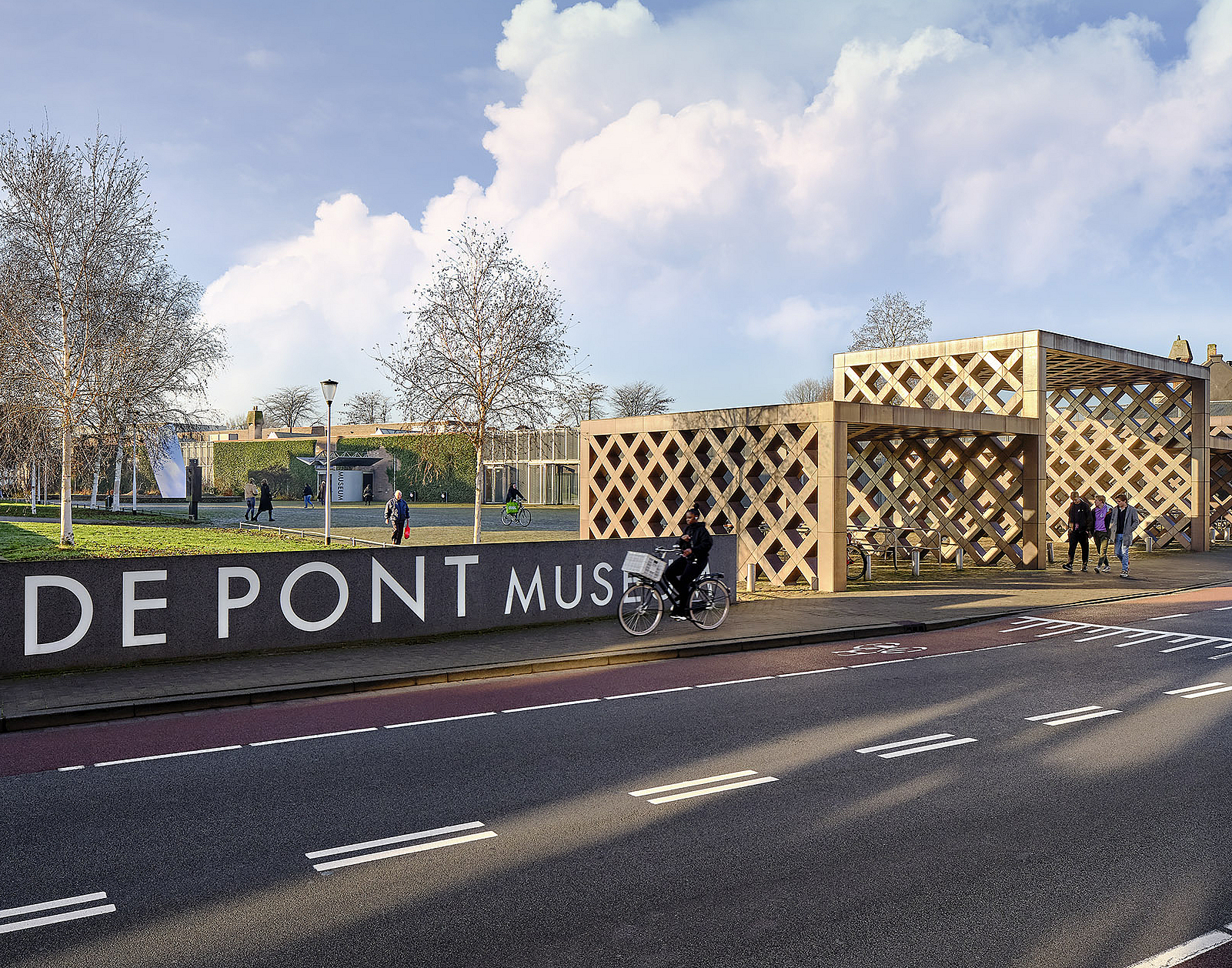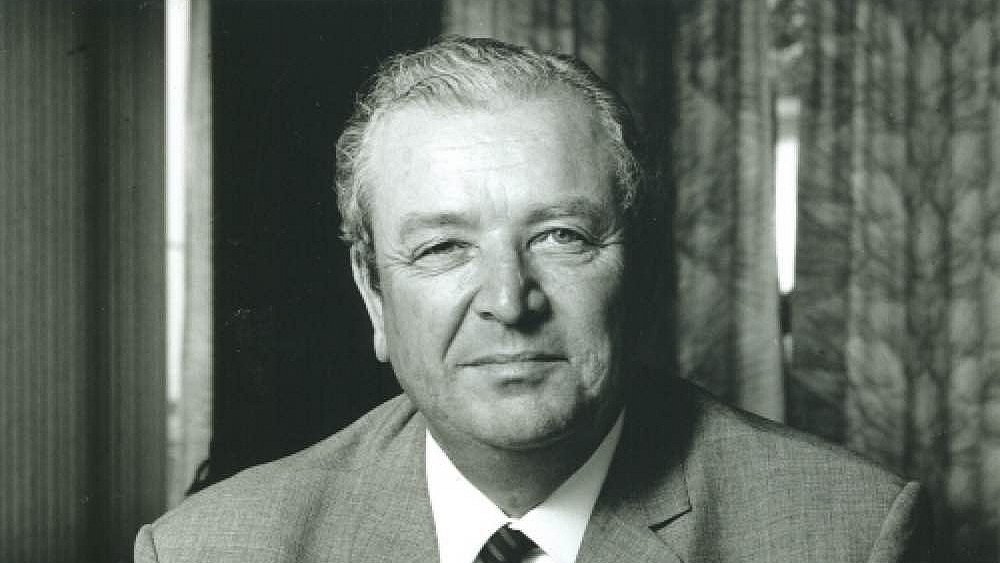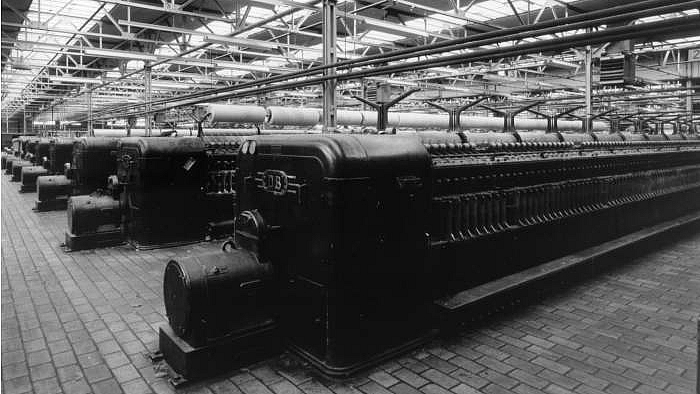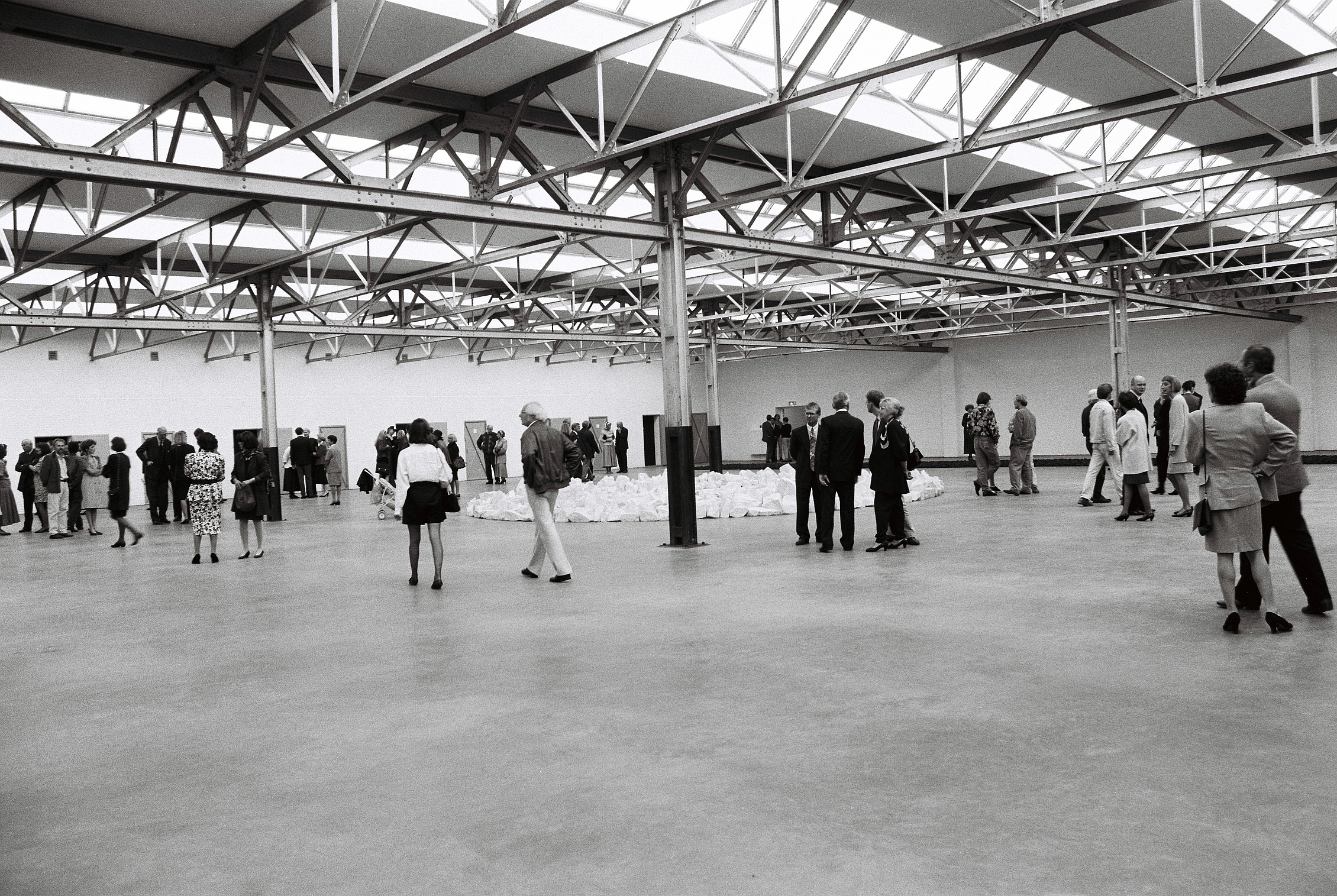De Pont is an independent museum of contemporary art, housed in a former wool-spinning mill. Benthem Crouwel Architects transformed the industrial building, with its characteristic sawtooth roof, into an exceptional exhibition space with abundant daylight. The alternating display of artworks – in the large, open space and in intimate ‘wool-storage rooms’ – offers a unique experience to visitors.
The museum opened in 1992; in 2016 it was expanded with a new wing for, among other things, photography and video presentations. This addition connects with a more spacious museum café and a beautiful garden.
Painting and sculpture, on which emphasis was placed in the early years, now comprise, along with installations, performances, film and photography, the basis of an alternating exhibition program. This involves following the development of artists over an extended period of time.
The museum has been named after the Tilburg jurist and entrepreneur J.H. de Pont (1915-1987), whose estate provided for means to stimulate contemporary visual art.
Our founder
On September 18, 1987 the attorney and businessman J.H. de Pont died in Tilburg. Shortly before his death he decided, in consultation with his immediate family, that a part of his estate was to be used to stimulate contemporary visual art. In 1988 a foundation bearing his name was brought into existence for that purpose.
The building
The building of the former Thomas de Beer wool mill, which is the remainder of a much larger factory complex, has a certain mysteriousness: a peculiar closed box that reveals nothing about its interior. The mill was still in use when we first came there early part of 1990. The process of transforming raw wool into yarn determined the layout of the complex in a very logical and simple manner.
Our collection
De Pont opened its doors for the first time on September 12, 1992. Our museum became one of the many Dutch museums to have originated on the basis of a private initiative - something which rarely had occurred in the Netherlands after World War II. There were a few striking differences, though, with respect to most of these predecessors.






